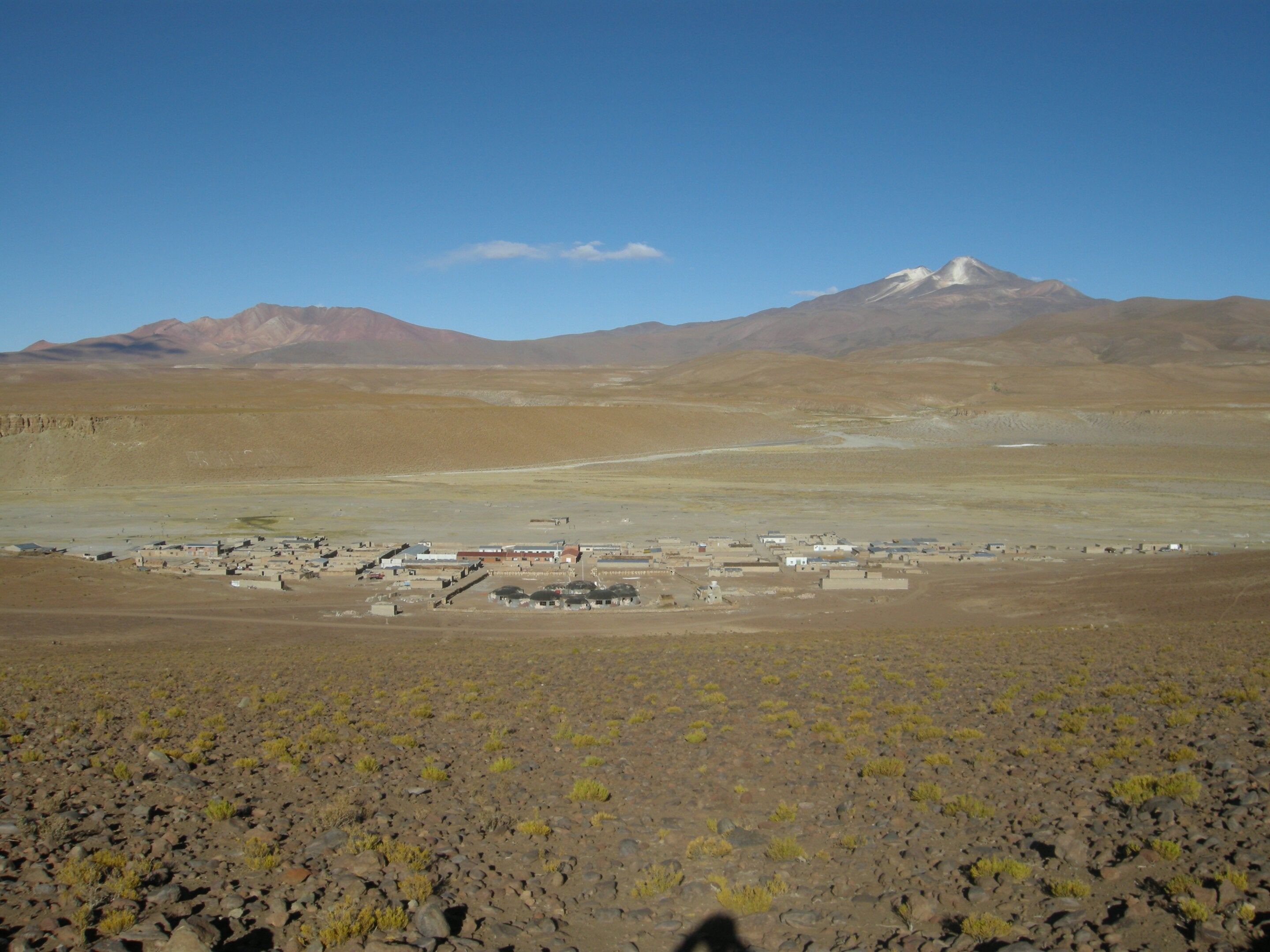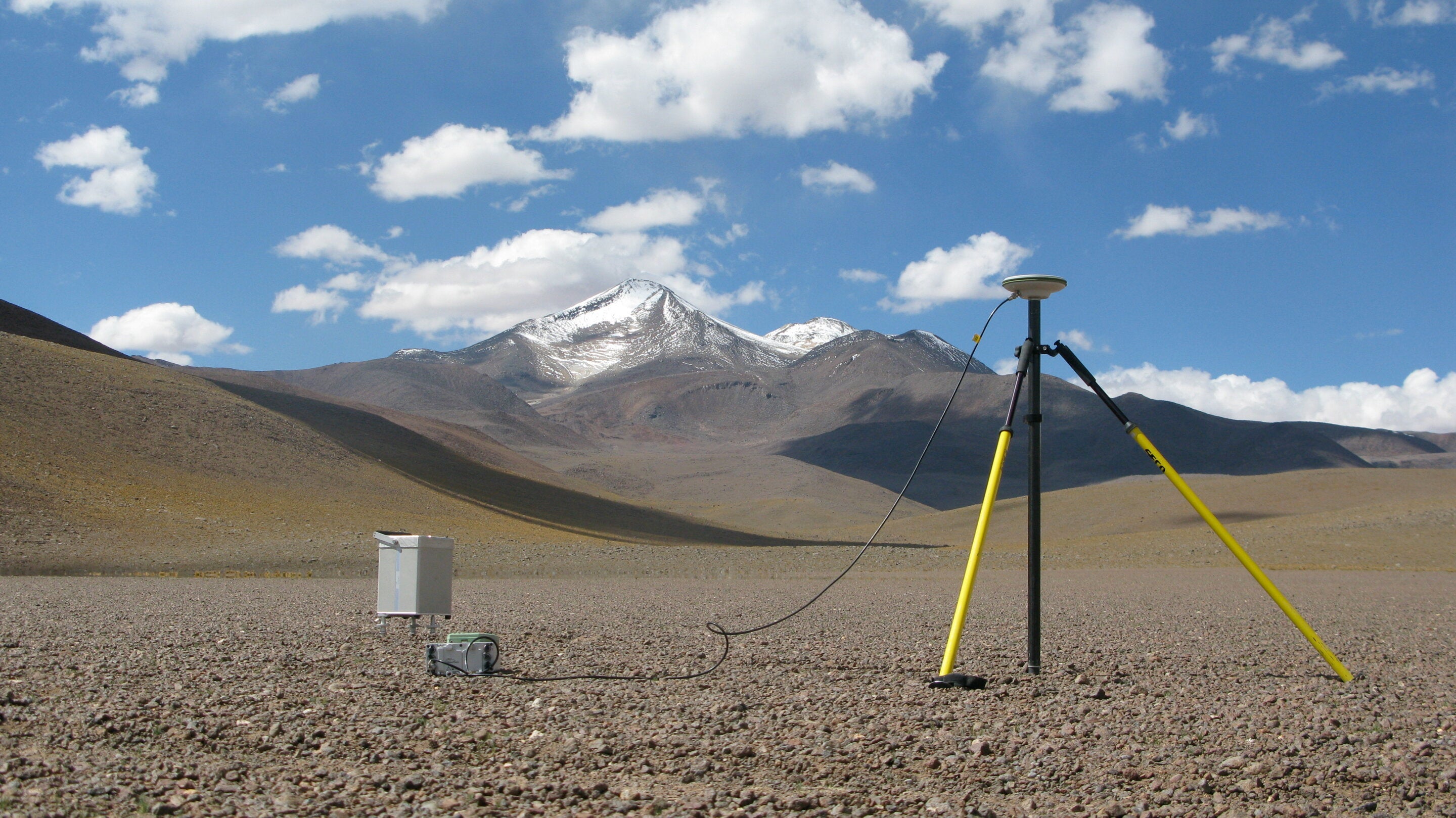ARTICLE AD BOX
The likelihood of an imminent eruption at Bolivia’s “zombie” volcano remains low despite recent rumbling, according to a new study that sheds more light on its strange internal activity.
In spite of being technically dead, with its last eruption 250,000 years ago, the Uturuncu volcano continues to eject plumes of gases.
The strange volcano’s rumbling has been tied to frequent earthquakes in the area as well as land deformation, causing its base to rise and surrounding areas to sink, raising fears of an imminent eruption.
Researchers have sought to understand the volcano’s activity better to gauge the severity of a potential eruption, which could cause widespread damage to life and property.

Now, an international team of scientists from China, the UK and the US has conducted high-resolution imaging of magma and gases moving around underneath the volcano.
Their study, published in the journal PNAS, reveals that the “zombie” rumbling of Uturuncu is caused by the movement of liquid and gas beneath the crater, with a low likelihood of imminent eruption.
The imaging uncovers the plumbing system undergirding the volcano that involves a complex mixture of fluids and gases passing through magmatic reservoirs and hydrothermal systems.
Uturuncu was known to sit above the largest known magma body in the Earth's crust with an active hydrothermal system connecting to it. But exactly how fluids moved through this underground system remained unclear.
In the latest study, scientists imaged the interior of the volcano using methods similar to those for medical imaging of the human body.

Analysing this underground structure and the volcano’s physical properties, such as rock composition, helped them detect upward migration channels of hot fluids and understand how liquids and gases accumulated in reservoirs below the crater.
They concluded that these fluid movements were the most likely cause of the deformation in the centre of the volcanic system.
“Our results show how linked geophysical and geological methods can be used to better understand volcanoes, and the hazards and potential resources they present,” Mike Kendall, co-author of the study from the University of Oxford, said.
“The methods in this paper could be applied to the more than 1400 potentially active volcanoes and to the dozens of volcanoes like Uturuncu that aren't considered active but that show signs of life – other potential zombie volcanoes,” Matthew Pritchard, another author of the study from Cornell University, said.









 English (US) ·
English (US) ·